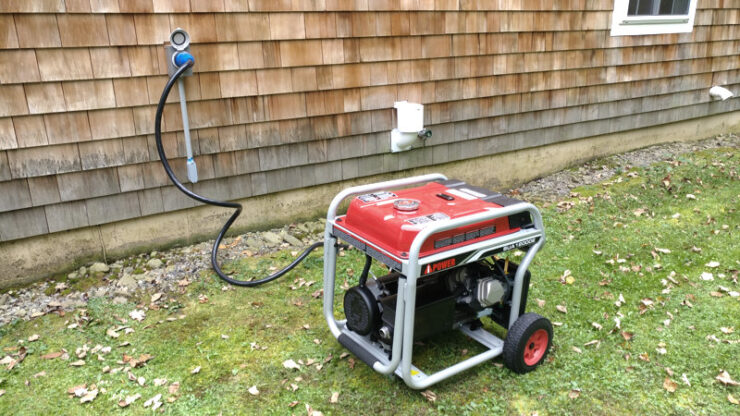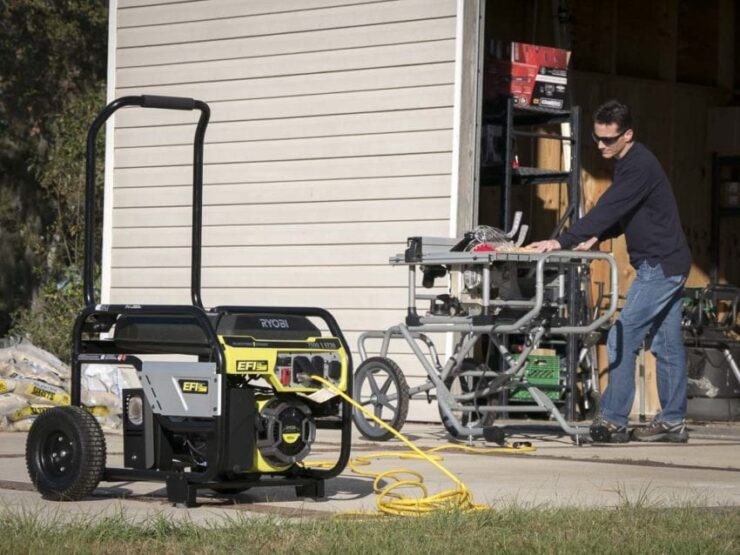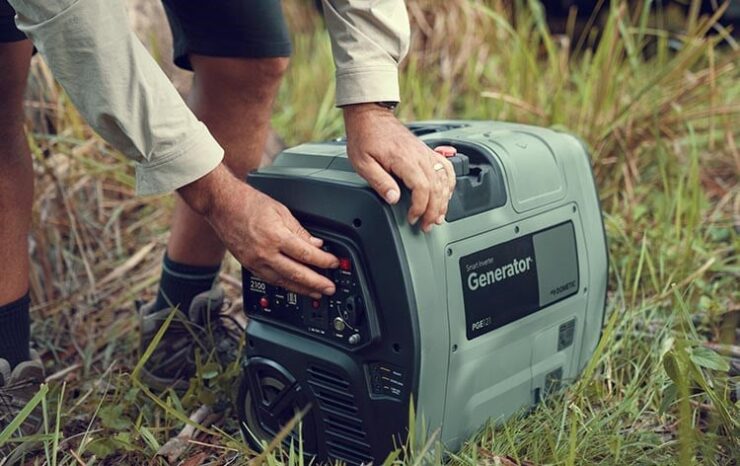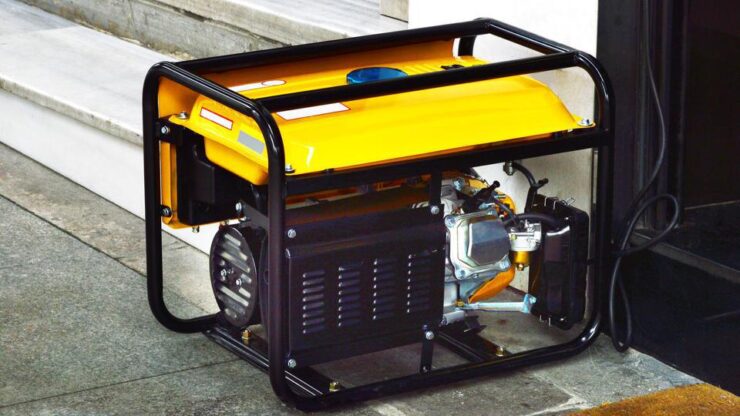Are you planning to use your power tools outdoors or in remote locations where there is no access to electricity? If so, then you will need a generator. But what size of generator do you need for powering your power tools?
The answer depends on the type and number of devices that you plan to run. The wattage rating of each device must be taken into consideration when determining the total wattage requirement for all the tools that are being used simultaneously. This can help determine which size generator is best suited for your needs.
Generators come in different sizes with varying wattage ratings, ranging from 1,000 watts up to 10,000 watts or more. Knowing how much wattage each tool requires is essential before making a purchase decision as it helps ensure that enough power will be available while preventing overloading and potential damage due to inadequate voltage supply.
Generally speaking, a generator with at least 1000 watts should be able to power one or two small tools. If you plan on using multiple devices at once, then you need to make sure that each device is not drawing more watts than the rating of your generator.
A larger wattage capacity will also provide additional insurance against accidental overloads from other nearby electrical appliances or items that are turned on unexpectedly.
When choosing a generator for powering your power tools, it’s important to consider how often and for how long the generators will be used. While smaller wattage ratings may save money upfront, they can easily become overloaded if running multiple devices simultaneously which could lead to costly repairs in the long run.
It’s best to go with a generator that has a higher wattage capacity than what is needed in order to ensure it can adequately handle the load of all the devices being used.

Before determining the size of the generator required for powering tools, it is important to calculate the total power required.
This can be done by adding up the wattage of all the power tools that will be used simultaneously. It is important to note that power tools require a higher wattage during start-up, so the generator should have enough capacity to accommodate this initial surge.
To calculate the total power required, start by checking the power requirements of each tool, usually indicated on the label or in the user manual.
Then, add up the wattage of all the tools that will be used at the same time. It is recommended to add an additional 20% to this total to accommodate any power surges or unexpected power requirements. Once the total power required is calculated, it can be used to determine the appropriate generator size. A generator with a higher wattage than the calculated total power required is recommended to provide a margin of safety and prevent overloading the generator.
Determine the Power Factor

When choosing a generator for your power tools, it’s important to consider the power factor of the tools. The power factor is the ratio of the real power used by the tool to the apparent power that the tool draws from it. Some tools have a power factor of 1, which means that the real power used by the tool is equal to the apparent power. However, many tools have a lower power factor, which means that the real power used by the tool is less than the apparent power.
To determine the power factor of your tools, you can check the manufacturer’s specifications or use a power factor meter. Once you know the power factor of your tools, you can calculate the actual power that your tools will use from the generator. For example, if a tool has an apparent power of 1000 watts and a power factor of 0.8, the actual power used by the tool is 800 watts.
It’s important to take the power factor into account when choosing it because a generator’s rated power is usually its apparent power, not its real power. So, if you have tools with a low power factor, you will need a larger one to provide the same amount of real power as a smaller generator that is rated for the same apparent power.
In addition to the power factor, it’s also important to consider the starting current of your tools. Many power tools have a higher starting current than their running current, which means that they require more power to start up than they do to run continuously. You will need to choose one that can provide enough power to handle the starting current of your tools without overloading or tripping the generator’s circuit breaker.
Are There Any Other Factors to Consider When Selecting a Generator for Powering Tools?

Yes, there are a few other factors that you should consider when selecting the right generator for powering tools. First, think about the types of tools you will be using and their power requirements. Some tools need more wattage than others, so make sure your generator can handle the load. It’s important to select a generator that has enough wattage to meet all of your needs without overloading it.
Additionally, you want to make sure the generator is fuel-efficient and produces minimal noise levels while running. Generators come in different sizes depending on their power output and noise level, so you’ll want to factor those things into your decision as well.
Finally, consider whether or not you need additional features like outlets for multiple tools or a fuel shut-off switch. All of these things can play an important role in ensuring you get the right generator for powering your tools.
In summary, when selecting a generator for powering your power tools, make sure you factor in how many tools will be using it and their individual wattage requirements. With the right generator, you’ll never have to worry about having enough power to get the job done.

